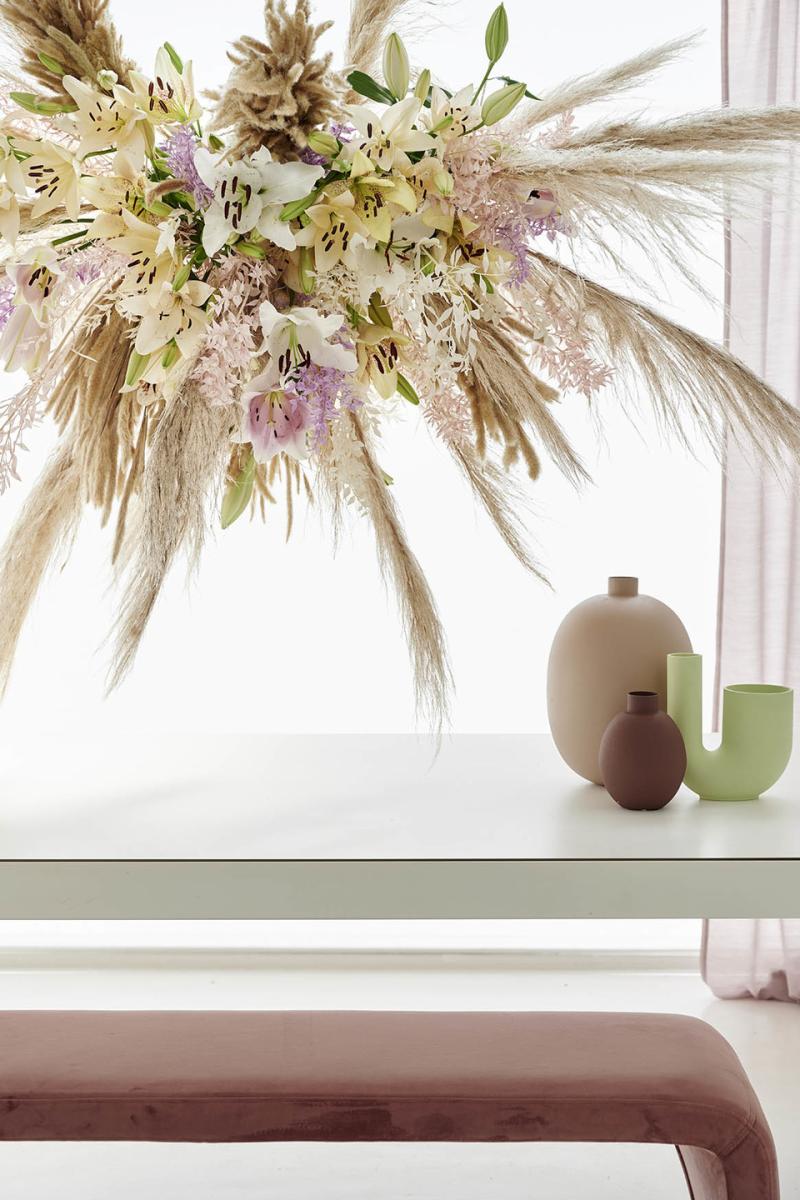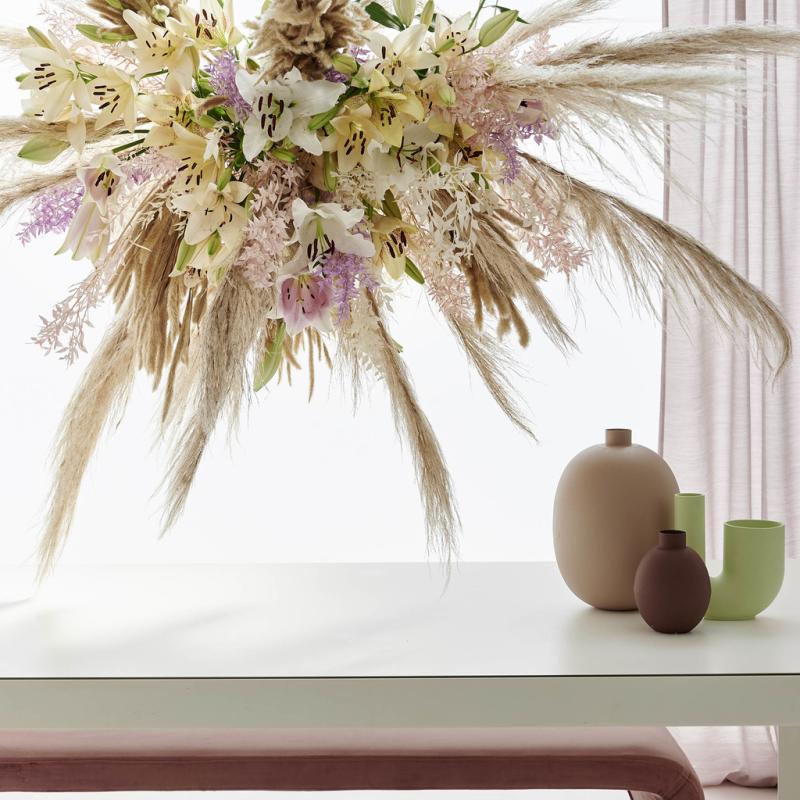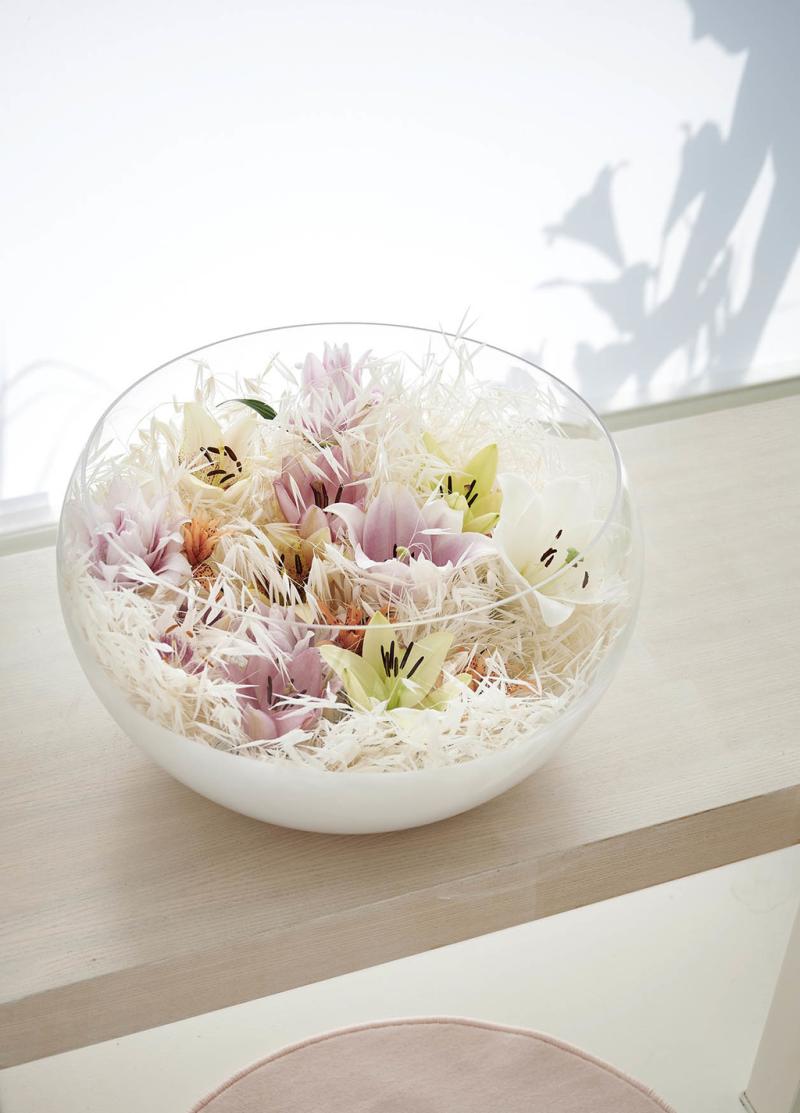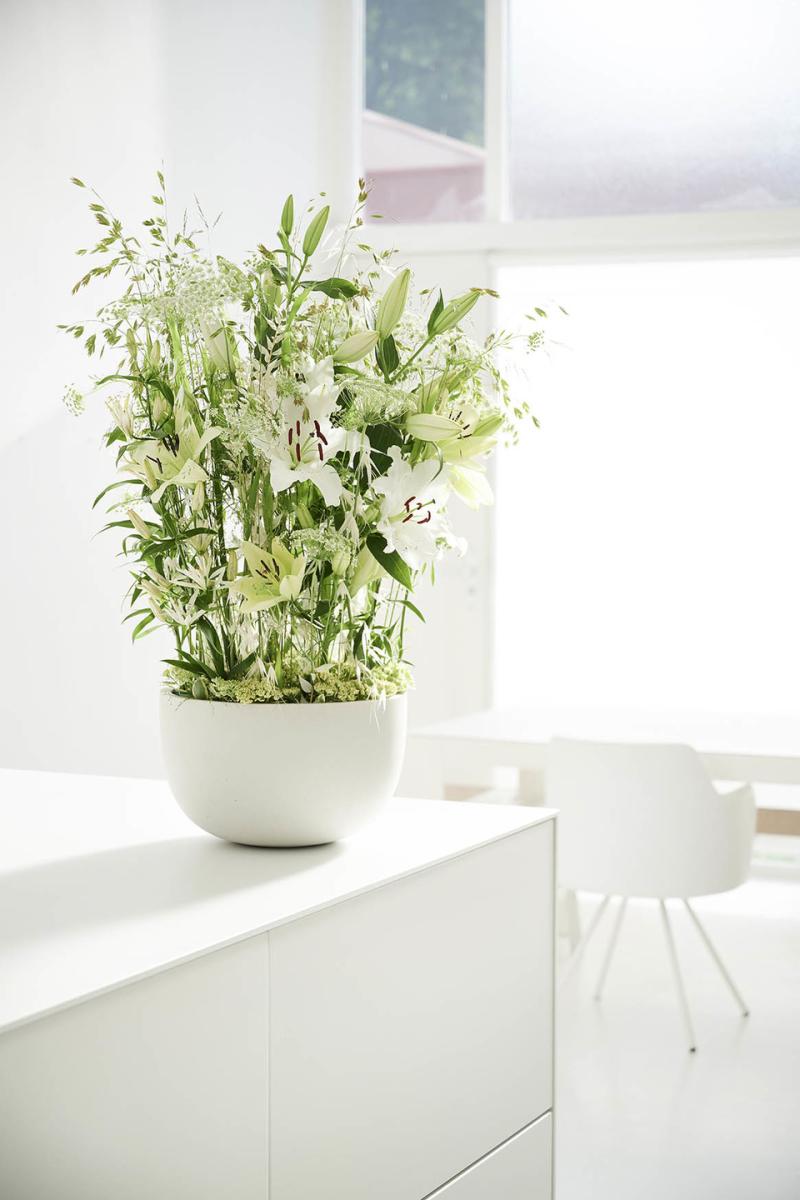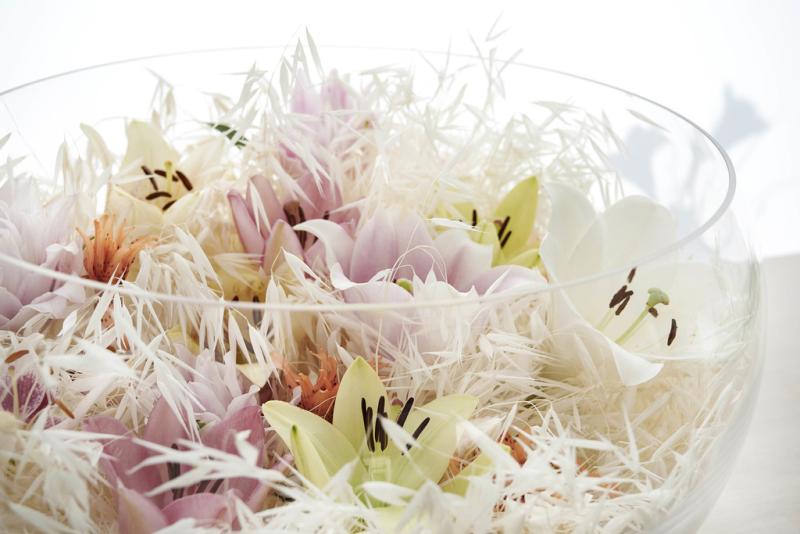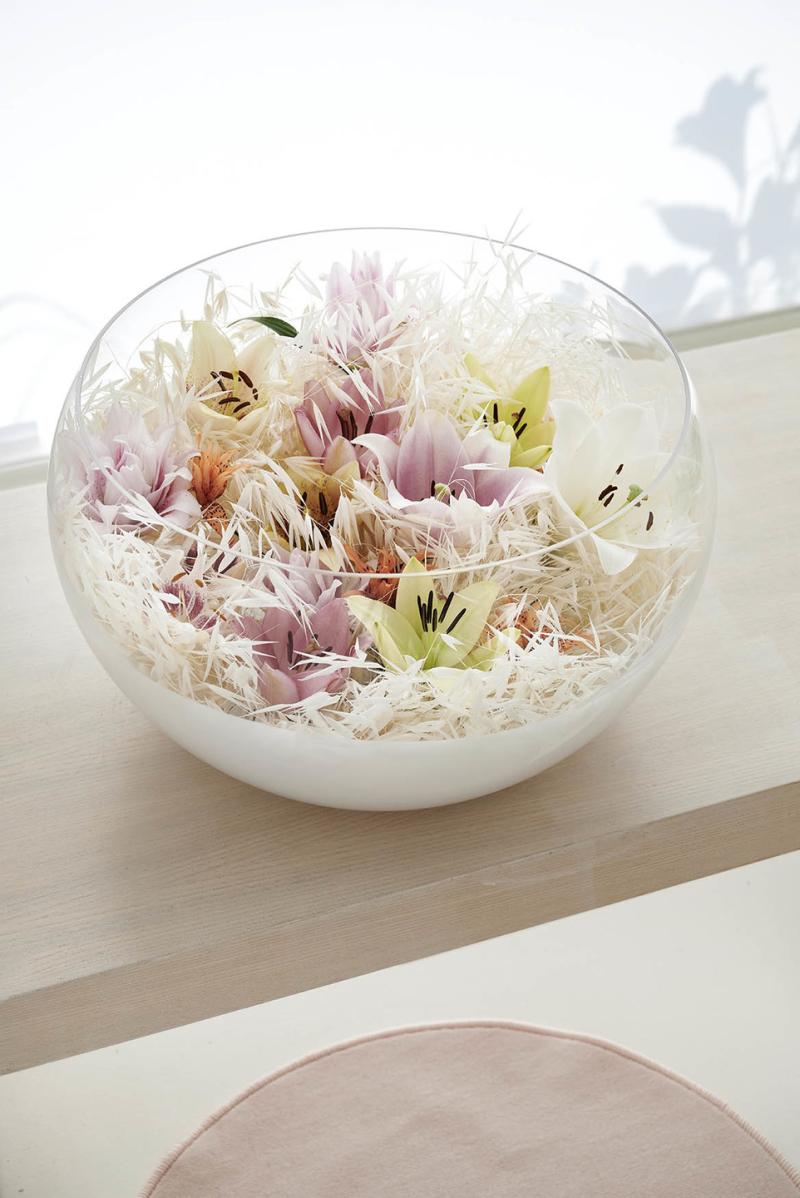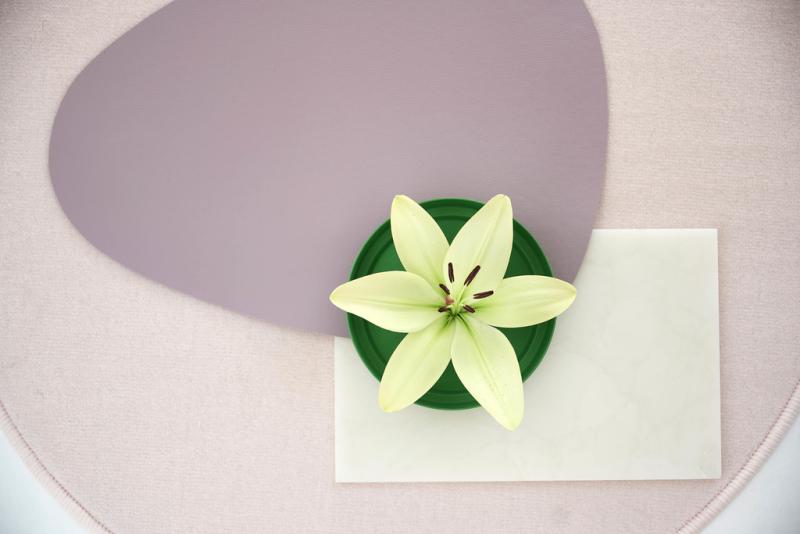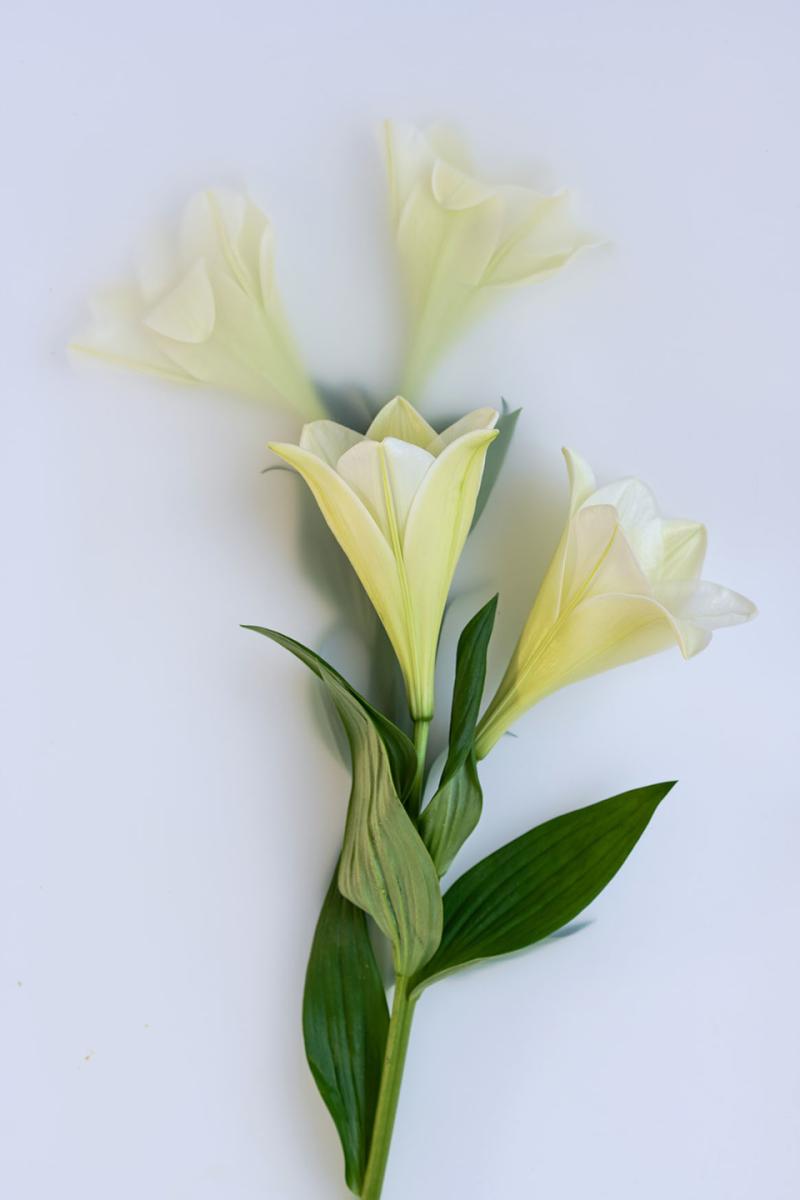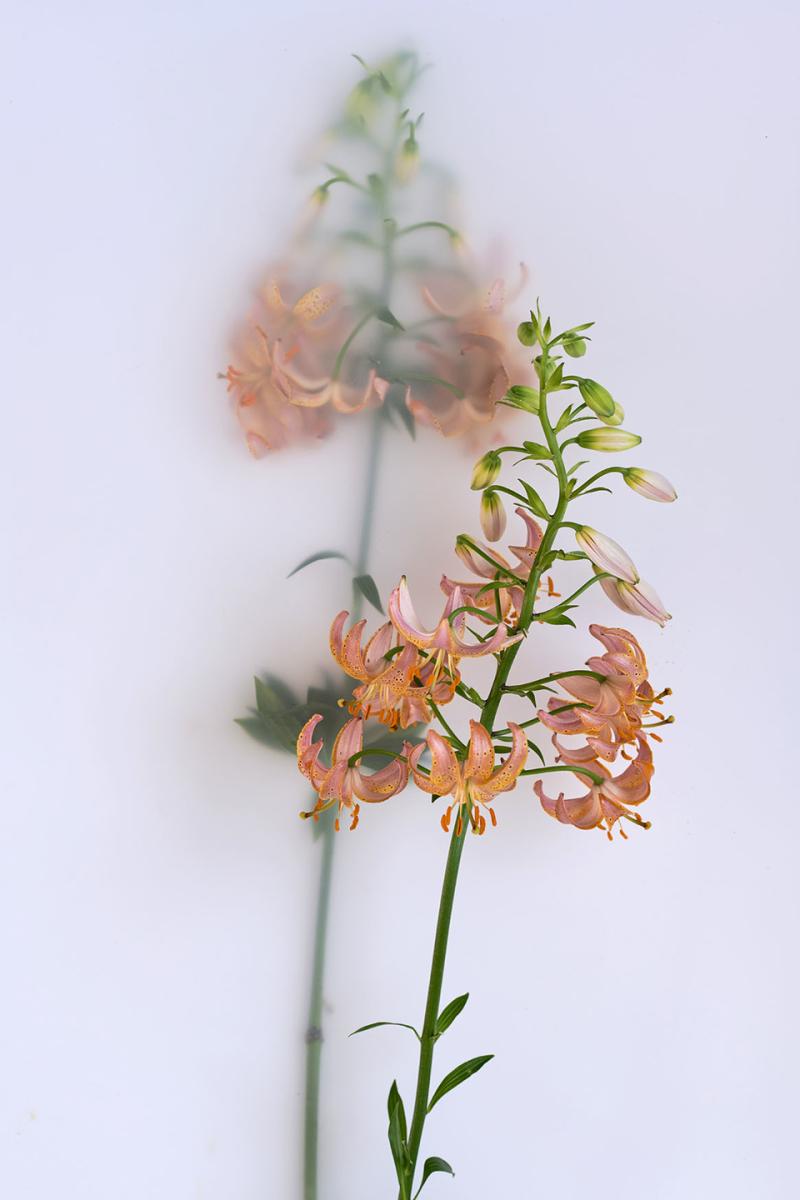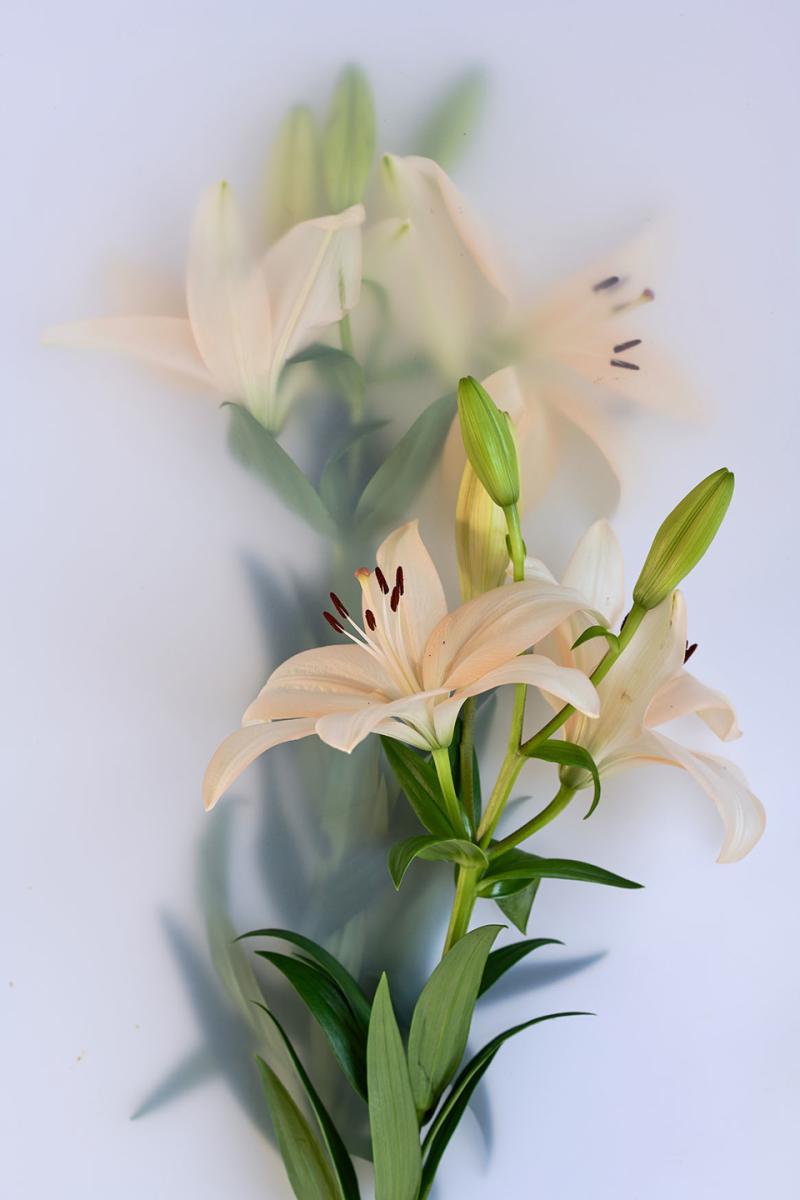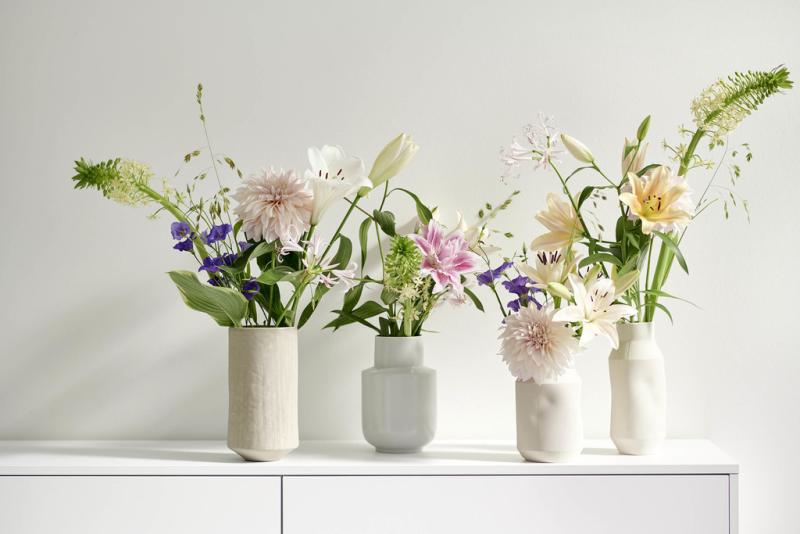The lily is in the Flower Agenda in June
The Greeks and Romans knew that the lily is a remarkable flower. You could use them to treat snakebites or get rid of wrinkles. Or eat them. Nowadays we prefer to place the flower in a vase, and on the Flower Agenda in June. Well-deserved, with so much beauty, symbolism and history. You can download inspiration images of the flower at the bottom of this page and use them free of charge if you credit Funnyhowflowersdothat.co.uk.
Origin
In the wild lilies bloom in Korea, Japan, India and parts of Siberia. They also grow wild in most American states. In Europe the lily is native to the Caucasus, the Balkans, Greece, Poland, the Alps and Pyrenees. The French King Louis VII was therefore able to include the flower in his coat of arms around 1150 as a symbol of his name: Louis or Loys.
Range
Lilies can be propagated quickly, and growers and breeders are certainly not sitting still. Crossbreeding is producing ever more unusual shapes and colours. Whilst in the last century it was particularly the cultivars from the Asiatic, Oriental and Longiflorum groups, in 2020 there are crosses between Longiflorum x Asiatic (LA), Oriental x Asiatic (OA), Oriental x trumpet (OT) and new cultivars from the wild Lilium martagon. These include flowers with an enormous diameter, with an almost black heart, multicoloured varieties, double flowers, scentless lilies, without pollen or very unusual examples such as Lilium ‘Apricots Fudge’.
What to look for when buying lilies
- The length and number of buds on the stem are determinant; the larger the bulb, the larger the flower and the sturdier the stem.
- Ripeness of the flower: the optimal ripeness is when the bud is beginning to colour. If you cut the stem too early, there is the risk that the bud will not develop into a flower.
- Quality of the stem, foliage and bud. Buds can dry out or even drop off the stem in the winter.
- Freshness, ripeness and being free of pests and diseases such as botrytis are important.
Care tips for professionals
- Lilies have imposing, large flowers that remain beautiful for at least ten days.
- The flowers are best transported in their packaging, preferably at a low temperature.
- After unpacking trim the stems diagonally.
- Use clean water in a clean vase with special lily food.
- Refresh the water regularly, particularly if the water in the vase is cloudy.
- Remove the bottom leaves so they’re not hanging in the water, since this causes the growth of bacteria.
- Lilies do not like direct sunlight.
Display tips for professionals
You can create any mood you like with lilies: there are so many shapes, colours and sizes! You can make serene mixed bouquets by combining the white Lilium longiflorum or a white Oriental lily with white roses and Eucalyptus leaves. You can lend a touch of romance to the same combination by adding Gysophila and replacing the Eucalyptus with Asparagus. A more modern and loose bouquet can be produced by combining Asiatic lilies with gerberas, Astrantia and other summer flowers that are available in June.
Care tips for customers
- Trim the stems diagonally.
- Use a clean vase with clean water and special lily food.
- Refresh the water regularly, particularly if it’s cloudy.
- Remove the bottom leaves from the stem so they’re not hanging in the fresh water.
- Lilies do not like direct sunlight or being placed next to the fruit bowl.
- If you have a pollen spot on your clothes, remove it with some sellotape or leave it to dry and then brush it off. Any mark will be removed by sunlight. Never rub it or try to remove pollen with water!
Poster
You can download the below poster to print and use:
A3 UK Poster Lily June
Inspiration & information
Inspiring images of every flower on the Flower Agenda have been produced in line with the Horticulture Sector Trends 2020 (Groenbranche Trends 2020). These trends are a translation of the latest consumer trends aimed at the horticulture sector.
The Lily is in the Flower Agenda in June
You can download and use these inspiration images free of charge if you credit Funnyhowflowersdothat.co.uk.
Instagram: @howflowersdothat
Facebook: @funnyhowflowersdothat
Twitter: @flowersdothat

